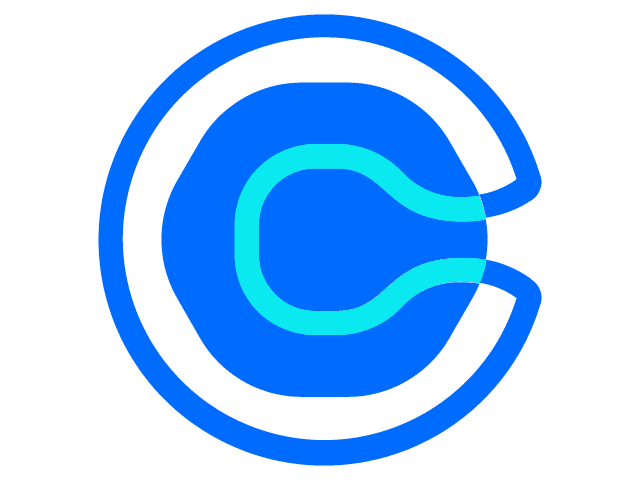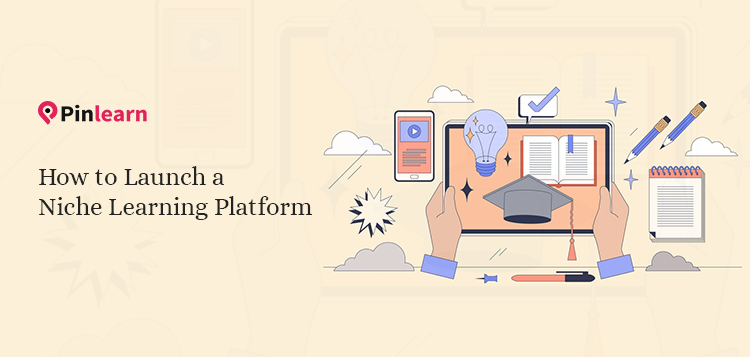How to Launch a Niche Learning Platform (2025 Guide)
One of the best ways to create a successful learning platform is to pick a viable niche. With new emerging players vying for space, a strong business proposition is essential.
A niche is a hands-off advertisement for your platform! It positions your learning platform better in the market! Besides, you can promote your product to a well-defined, specific audience.
Even learners are looking for platforms that offer niche learning to polish their craft. That proves the rising popularity of Masterclass, Duolingo, and Skillshare!
In this short guide, we offer a step-by-step plan to launch a niche learning platform. Plus, we also look at the industry leaders who have built their niche empire!
So, let’s get started!
How to Pick Your Niche for a Learning Platform?
Before building your learning platform, choosing a niche is crucial. It helps to anchor your learning platform by assessing demand, positioning your platform, and easy marketing.
While niche selection is essential, you need to keep in mind a few important things.
That said, ask these questions before getting started:
- What do I know a lot about?
- What topics am I passionate about?
- Is there demand for these niches?
- Can I monetize on the niche?
- Is there an existing problem or industry gap to capitalize on?
Answering these questions means focusing on these key points:
Know Your Skills, Passion & Expertise
At first you need to take a closer look at yourself. What are you good at? Evaluate your skills, expertise, and passion. Rewind your story a bit: find your strengths and weaknesses.
Let’s say you know coding and have significant experience in Python. You can start teaching coding to newbies or even aspiring professionals.
Or you’re inclined towards self-improvement and have good knowledge about it. Start creating courses or coaching on time management, emotional intelligence, etc. Then, target aspiring professionals, students, or anyone eager to grow their skills.
If you are an expert in a specific field, you might already have an existing audience base. Then, it’s easier to build a full-fledged learning business in the arena.
Brainstorm & Target Real Problems
Meanwhile, start brainstorming actual problems.
You can go as broad as possible, ultimately giving a list of potential niches.
Here you can define your niche by:
- Demographics (gender, age, income, education)
- Psychographics (interests, values, behaviour)
- Location (region, country, etc.)
- Background (Beginner, Intermediate, Expert)
- Immediate Goals (Secure a job, move to a new country, clear a test)
While not all your passion and skills lead to a concrete problem, some might turn out to be profitable.
Let’s go back to the Python example mentioned above. Perhaps, you could teach Python to professionals with beginner, intermediate, or advanced expertise. You could even teach Python for in-demand niches like data science, machine learning, or game development.
Start with Google Suggestions to find the most searched queries. Plug in “best platforms to learn machine learning or AI.”
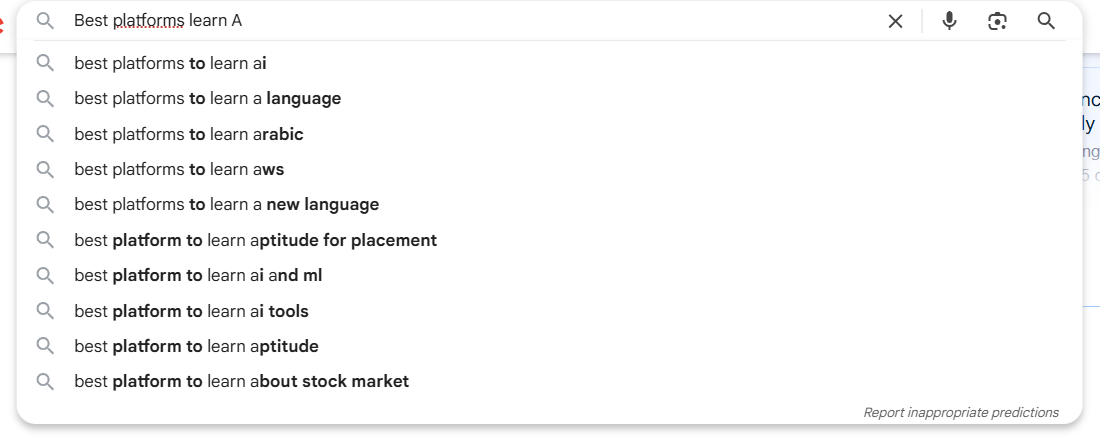
When you input keywords, Google suggests new niche ideas for your learning platform.
After that, we look at strategic ways to find your niche.
Analyse Market & Competition
Now, you have got a few ideas for starting your learning platform. The next thing is to find which niches are good enough! That’s where market and competitor research helps.
In the first place, identify competitors in your niche market. Research a bit about what makes them stand out. Compare their offerings, pricing, revenue streams, marketing strategies, etc. Don’t blindly mimic what they’re offering; plan to create something better.
Add a unique spin to your platform. Like, how Duolingo delivers language lessons in a gamified way. Streak frenzy, adorable mascots, and experience points make learning a language fun!
Research the relevant market trends and opportunities. For example, tapping into AI, VR & AR could be lucrative for your platform. Find something unique to gain a unique competitive edge!
Secondly, see if there is enough market to sustain your business. Check for the market size and growth rate to assure demand.
Leverage tools like Google Trends to see the market demand for the topic. For instance, take a look at the below graph. It shows an upward trend for learning AI in the past five years.
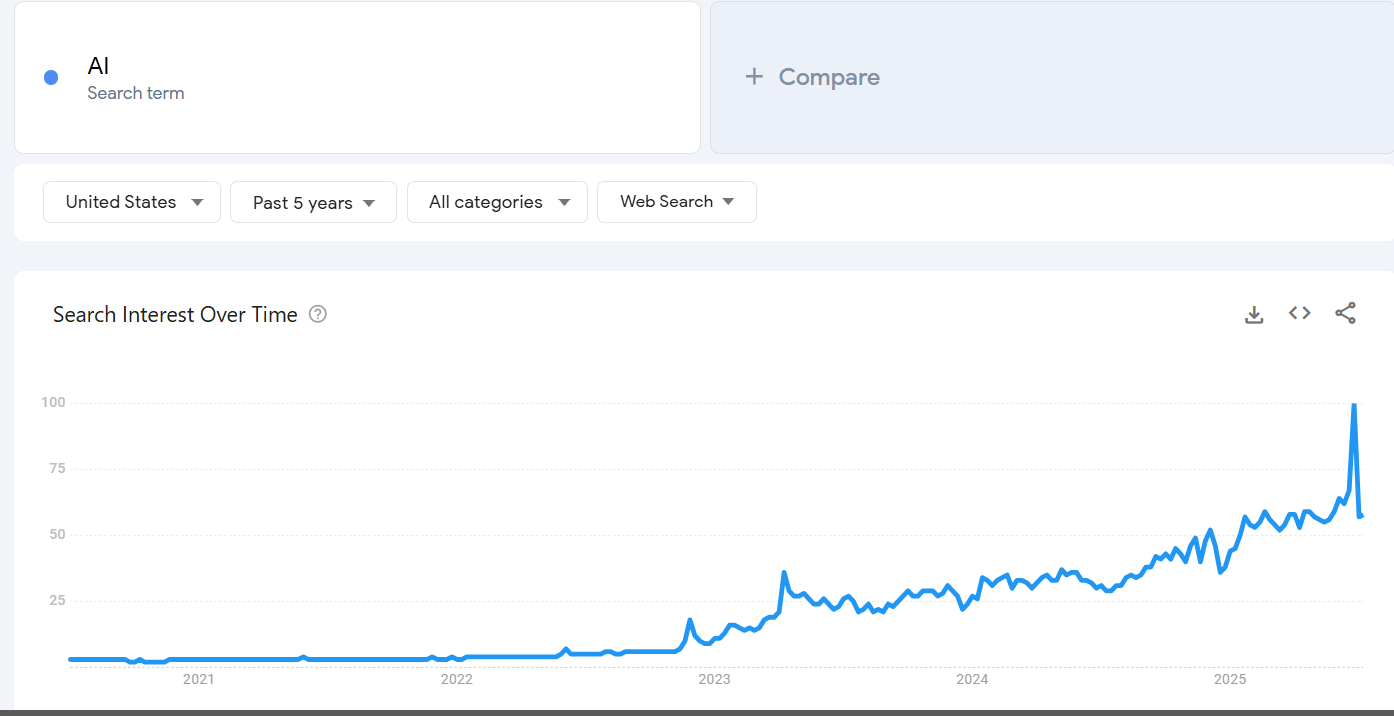
How to Launch a Niche Learning Platform in 8 Steps?
So, let’s navigate through the step-by-step guide to launch your niche learning platform:
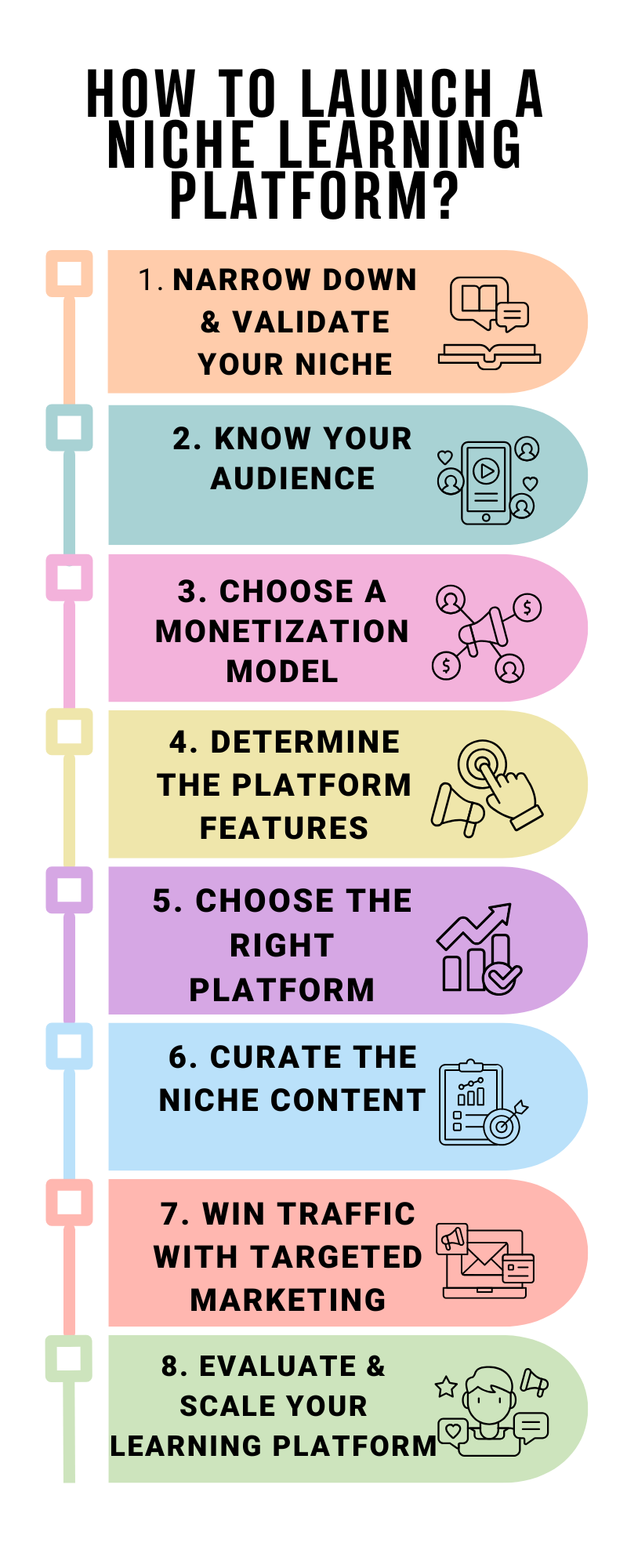
Step # 1: Narrow Down & Validate Your Niche
You might already have a list of potential niches to scale your business. But you need to hyperfocus on a niche to offer a unique value proposition.
Entrepreneurs often worry that niching down might limit their profits. But niching down often increases your potential to scale your business.
Given that, asking these questions can help you to niche down:
- Is this niche too broad or competitive?
- Could you segment further for any of the niches?
- How do you see yourself building your business in the next few years?
- Does your niche solve a specific problem?
- Can you find subreddits, forums, or groups related to your niche?
- Are there competitors in your niche?
Expect to get more “yes” for these questions. This ensures you’re on the right track and have found the right niche.
Finally, the last step in niche selection is validating your niche. This involves ensuring your niche is viable to scale your business. Validating your niche is important before you invest too much money.
So, here’s how you can validate your niche:
- Collect feedback from prospects through surveys, focus groups, and interviews
- Test viability with an MVP
- Create a simple landing page with an effective CTA
- Post in niche communities like r/freelance, LinkedIn groups, and Facebook groups
- Test with a digital product or lead magnet
- Use tools like Google Trends, AnswerThePublic, or Gumroad Pre-orders
Step # 2: Know Your Audience
Once you have settled on a niche, it’s time you understand your target audience. But, here’s the real kicker: a lot of edtech businesses wrestle with finding customers.
Most don’t have a solid online presence or a deep understanding of their target audience.
So, this explains how important it is to grasp the beat of your audience!
To know your audience in and out, create detailed personas. Define demographics, psychographics, objectives, etc.
What does this mean exactly?
Well, it could mean adopting a granular approach. Digging deeper into anything from age, location, gender, education, interests, etc.
Say you’re starting a fitness learning platform. And you’re struggling to make enough sales due to a lack of information about your target audience. Logically, your most profitable segment would be professionals and teenagers. Particularly, busy professionals between 25 and 40 years old who love high-intensity workouts.
Thus, you can tailor your courses and tutoring sessions based on audiences’ needs.
Tools to understand your target audience:
- Google Analytics (track traffic sources, age, gender, location, etc.)
- Facebook Audience Insights
- Keyword Research Tools like Ahrefs, Semrush (high-volume keywords, competitor keywords, etc.)
Step # 3: Choose a Monetization Model
Now, you have a clear idea of your niche and target audience. It’s time you find effective monetization strategies to enable revenue generation and acquire learners.
Choosing the right monetization model is more than maximizing revenue! It’s about adapting to your target audience, content offerings, and long-term business goals.
Common monetization strategies for e-learning include:
Pay-per-courses
If you’re a course platform, pay-per-course is one of the simplest ways to monetize. Charge for individual courses. Learners will purchase the course that caters to their specific needs.
Subscriptions
Want to earn recurring revenue from your learning platform? Creating subscription tiers monetizing from monthly and yearly subscriptions. The fresh content updated on a regular basis reduces churn and keeps them glued to your platform.
Example: Coursera, Skillshare
Freemium Model (Ads & Donation)
Whether it’s Duolingo’s language lessons or Khan Academy’s free math videos, the freemium model is a powerful monetization model. In that case, you can combine it with an ad-based or donation-based approach. The low-entry barrier makes it perfect for gaining the initial audience.
Examples: Duolingo, Khan Academy
Certifications or micro-certifications
Certifications are a great addition to your existing platform revenue. Many platforms offer basic course access for free, but charge for certifications. Besides, integrating certification into your platform is easy with add-ons. This works best for IT, business, or professional courses.
Cohort-Based Live Courses
In this model, cohorts or groups of learners progress simultaneously through the course. The learning happens through live synchronous sessions. And it encourages student-led discussions and peer learning.
Examples: Maven Learning
Partnerships & Sponsorships
E-learning platforms often partner with schools, colleges, and institutions. This involves including the app as a part of the standard curriculum. On the other hand, sponsorships happen when a brand offers financial support for visibility. Course sponsorships, platform sponsorships, and scholarships are examples of sponsorships.
Examples: Coursera x Google Scholarship
Affiliate marketing and corporate training solutions are a few other monetization strategies.
Step # 4: Determine the Platform Features
Designing UX is a crucial part of building a niche-learning platform.
Would your platform succeed without its core features? Of course, you can’t skip the essential features while developing a platform.
For example, if you’re building a tutoring platform like Wyzant, you need video-conferencing tools and an appointment scheduling system.
- Essential Features:
- Secure Login
- Course Management
- Profile Management
- Payment Gateway Integration
- Analytics & Dashboard
- Communication Tools
- Security & compliance
- Progress Tracking
- Enrollment Features
- Quizzes & Assessments
Optional Features:
- AI-powered feedback
- Live Tutoring
- Gamification
- Social Learning
- Community Features
Step # 5: Choose the Right Platform
Now, let’s move on to one of the essential steps in this “how to launch a niche learning platform” guide.
It’s to find the right platform that aligns with your needs. There are several platforms to build your niche learning community. But to effectively deliver the right learning experience, you need the right tools and features.
Everything depends on the kind of niche-learning platform you intend to create.
Is it a niche tutoring platform? Or are you building a community + self-paced course learning platform?
Below are a few solutions to create a niche learning platform:
- Ready-made Marketplace Clone scripts like Pinlearn
- All-in-one course platforms like Teachable, Kajabi, and Thinkific
- Forum-based platforms like Circle and Mighty Network
- WordPress + LMS Plugins like LearnPress, LearnDash and TutorLMS
- Custom Development
If you’re still struggling to find the right solution, consider asking the following questions:
- Which niche market are you targeting?
- Are you offering live tutoring, courses, or a community?
- How much ownership do you desire on branding, marketing, and monetization?
- What’s your monetization model?
A self-hosted marketplace solution like Pinlearn is perfect for building your niche-learning platform. From self-paced courses to custom learning paths and cutting-edge monetization channels, you can easily build an astounding niche community.
Take a look at the platform’s reviews before you make your decision!
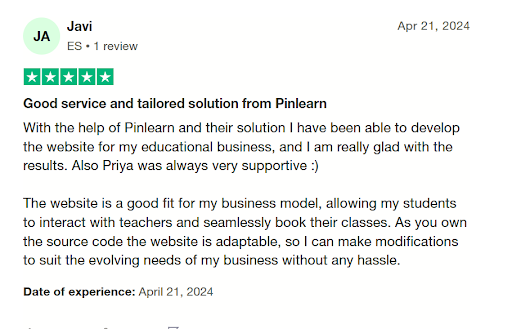
Step # 6: Curate the Niche Content
What’s common among all niche-learning platforms? Stellar content that keeps learners coming back for more.
Take the case of MasterClass, you can see visuals of stalwarts from every niche. From Gordon Ramsay to Thomas Keller to Malcolm Gladwell, there’s no dearth of talent!
Of course, all can’t afford to hire such affluent personalities when starting out. The most important point is to deliver quality content.
Yes, your content depends on your platform niche.
Summing up, here are the common content types:
- Cohort-based courses and live workshops
- High-quality videos on topics related to your niche
- Authority-Building blog posts
- Free guides or resources sent to the email list
- Social media content like tutorials, behind-the-scenes
- Library of success stories, tools, frameworks
- Interactive content like polls, quizzes, and assessments
- Microlearning modules through podcasts, PDFs, and audio clips
Follow Google’s E-E-A-T principle while curating content.
Experience. Expertise. Authorativeness. Trustworthiness.
In other words, your content ticks most of the above points:
- Solves real problems customers face
- Interview subject matter experts in your niche
- Organize your content into modules for easier access
- At times, repurposed from videos, snippets, social snippets, etc.
Step # 7: Win Traffic With Targeted Marketing
Niche learning platforms cater to a specific segment of the audience; hence, they need targeted marketing. These strategies engage your audience and build loyalty.
So, the first step is to segment your audience based on your potential customers. Target segments of the audience based on demographics, needs, traits, and interests. You need a strong value proposition on how your platform is different.
Here are a few effective targeted marketing strategies:
Social Media Marketing
Identify platforms where your audience is most active (e.g., LinkedIn, Facebook groups, Reddit communities). Share UGC, behind-the-scenes, engaging posts to increase your visibility.
Paid Ads
Paid ads are great for targeted marketing. Thus, you can maximize your reach. Google Ads are great for high-intent keywords in your niche. On the other hand, Instagram and Facebook Ads offer specific demographics, interests, and behaviour targeting.
Content Marketing
Create blogs, tutorials, or tips targeting long-tail keywords. High-quality and relevant content attracts high traffic and boosts visibility.
Partnerships
Collaborate with influencers or thought leaders to promote your platform. You can choose to partner with schools and institutions to include your platform in their curriculum.
Build Community
Create a private learning community to foster loyalty and engagement. You can choose a social group or online forum like Slack, Discord, etc. Host live webinars and Q&A sessions to initiate meaningful discussions. This helps in word-of-mouth marketing! Further, add peer learning and discussion spaces to further enhance collaboration.
For example, Facebook groups like Fitness Fanatics for your fitness platform.
Step # 8: Evaluate & Scale Your Learning Platform
Lastly, building your niche learning platform isn’t enough! You need to measure your platform’s success to deliver maximum impact.
For this purpose, assess your current LMS needs for:
- Page load time
- Course completion rates
- Vulnerabilities
- Number of users
Use the built-in analytics of your platform to find the growing pains. Further, you can integrate with external systems like Google Analytics for data-driven insights.
Thus, you identify performance gaps and improvement areas.
After that, define realistic scaling goals on how to proceed further! Defining metrics and criteria can make it easier to get ahead!
Given that, some possible scaling scenarios include:
- Launching new niche courses
- Licensing content to new organizations
- Diversifying your revenue streams
- Adding new geographies, languages, or countries with localization
- Leveraging technology like AI, automation, or analytics
Popular Niche Platforms Reigning in the Learning Industry
Need inspiration to create your niche-learning platform?
Here are some popular niche platforms across different industries:
MasterClass: Learning from the OGs
MasterClass is one of the top learning platforms driven by industry leaders and experts. From business and photography to cooking and acting, it hosts classes across all evergreen niches. Whether you wish to learn Gordon Ramsay’s signature Beef Wellington or master “gritty realism” in filmmaking from Martin Scorsese, MasterClass helps learners to excel in their field.
The platform hosts high-quality videos for over 200 categories. And the membership starts at $10/month, which is billed annually. When a learner opts for a class, they can access around 20 video lessons (10 minutes in length), a workbook, class guides, etc.
Learners can download and watch videos and guides at their convenience. Further, all the videos are pre-recorded by the experts and accessed from the platform.
Niches:
Cooking, writing, finance, music, sports, and personal development
Features:
High-quality video lessons, world-class instructors, downloadable workbooks, and a masterclass community
Marketing Strategies:
Cinematic mini trailers hosting celebrities, behind-the-scenes trailers, promotional email campaigns, targeted landing pages, and articles promoting their courses
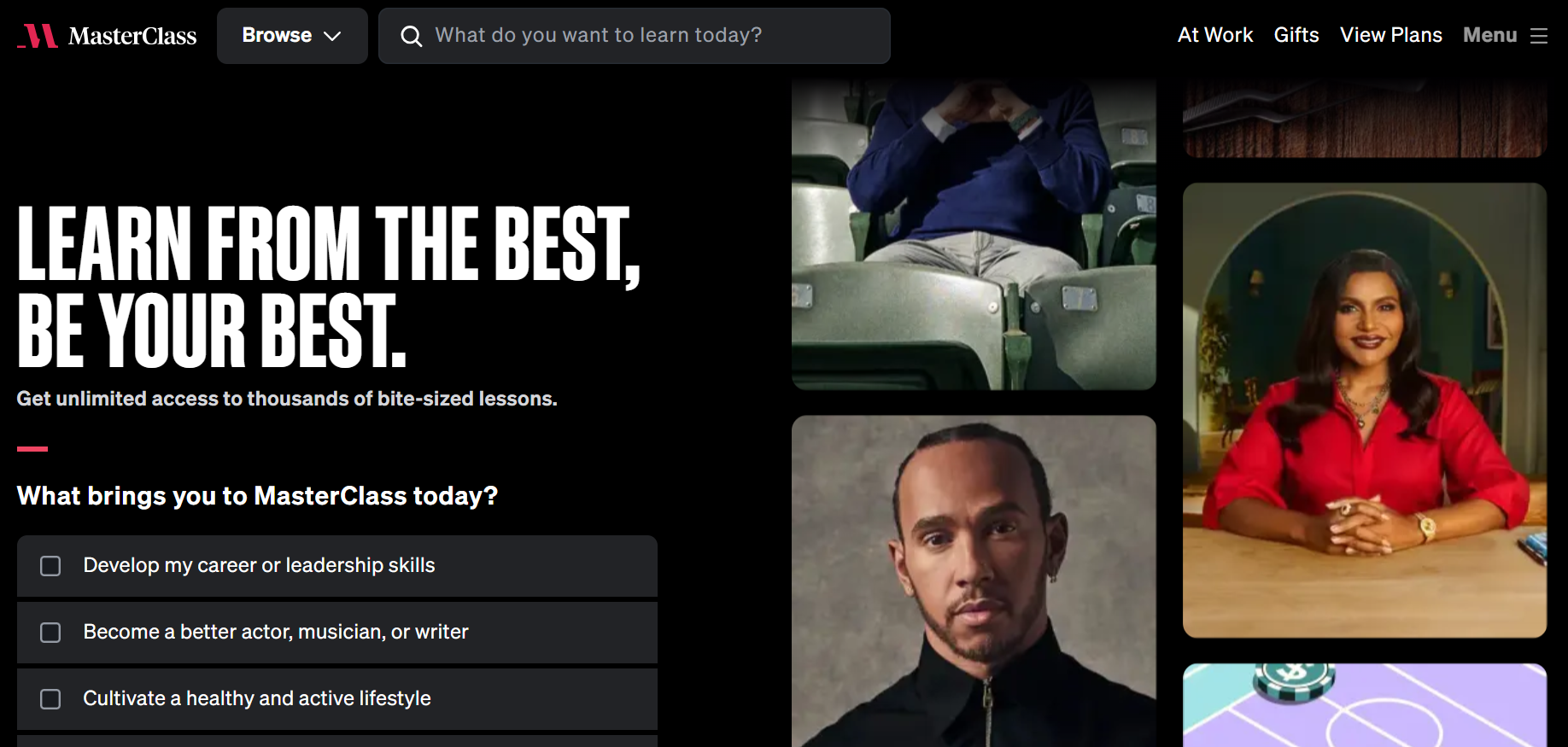
Skillshare: Polishing Your Creative Pursuits
Skillshare is one of the best platforms for creative souls to nurture their talent. Learners can explore a range of creative courses on music, animation, film, and more.
Also, the classes are taught by everyday professionals. They cover tools, techniques, and strategies to empower learners’ personal and professional growth.
The Skillshare membership includes unlimited access to classes, offline classes, and a vibrant community. And project-based learning is one of the unique selling points of Skillshare. Every class includes a project, where learners can apply whatever they have learnt until now.
Niches:
Graphic Design, cooking, productivity, filmmaking, content creation, music, and more
Features:
Unlimited access to creative classes, project-based learning, community focus, 1-on-1 sessions (on booking)
Marketing Strategies:
Influencer & YouTuber sponsorships, high-ranking blogs, email campaigns, paid ads
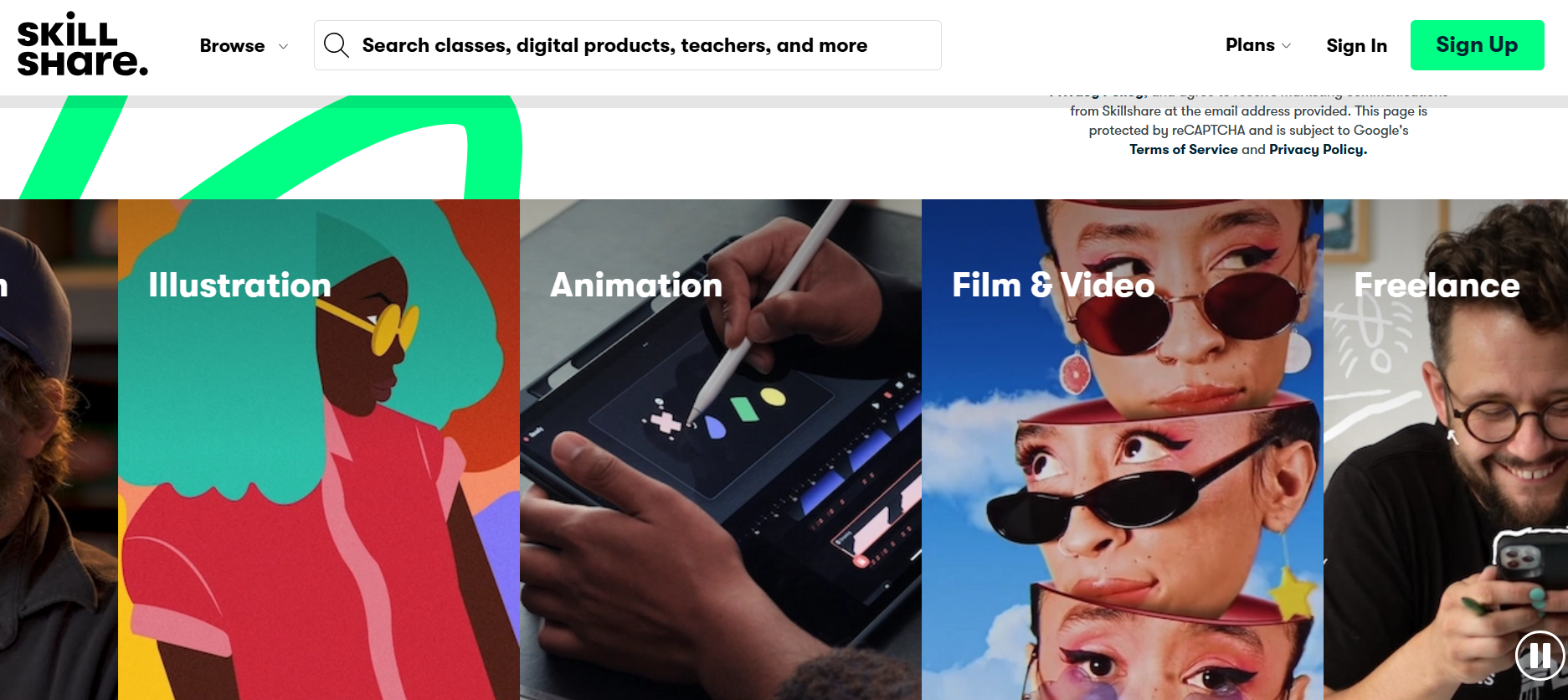
Wrapping Up
Your niche is your armour to stand tall in the ever-evolving learning landscape! No matter whether you’re tapping into creative art, language learning, or the tech niche. To sum up, Identify an underserved niche and ways to monetize from it.
Also, you can fine-tune your marketing campaigns to places where your prospective clients hang out. When you try to appeal to everyone, it’s just a bland noise convincing no one!
Indeed, a clear niche is a proven formula to resonate with your audience. Got a great niche idea? Give Pinlearn a try — build a scalable niche-learning platform that revolutionizes the industry!
📚 Found this blog insightful?
👉 Read our similar blogs:
FAQ-Related to How to Launch a Niche Learning Platform
1. What is a learning niche?
A learning niche is a specific area of knowledge or skill that an individual or group focuses on to sharpen their learning or skill. Narrowing down to a deeper niche helps learners to gain more expertise and target a specific segment.
2. How do you find and define your niche?
Here’s how to decide your niche:
- Identify your skills, passion, and expertise
- Brainstorm real problems
- Analyze market & competition
- Find out if your niche is profitable
- Experiment & test ideas
3. How to start a niche e-learning site?
To start a niche learning platform, follow these steps:
- Identify & validate your niche
- Understand Your Target Audience
- Choose a monetization strategy
- Determine platform features
- Curate niche content
- Win traffic with Targeted Marketing
- Build a learning community
- Evaluate & scale Your Learning Platform
4. What are the most profitable niches for your learning platform?
A few in-demand skills for learning platforms include:
- Tech & coding
- Digital marketing
- Data science
- Mental health & wellness
- Personal development
- Creative niches like art, design, craft, etc.
